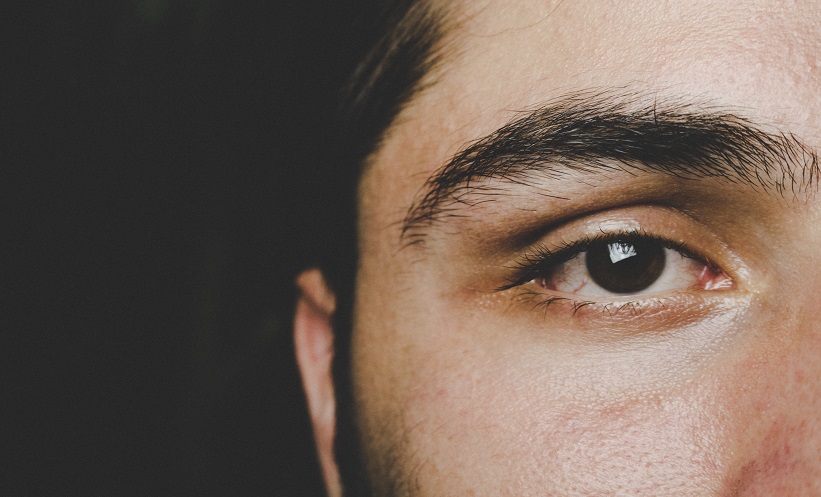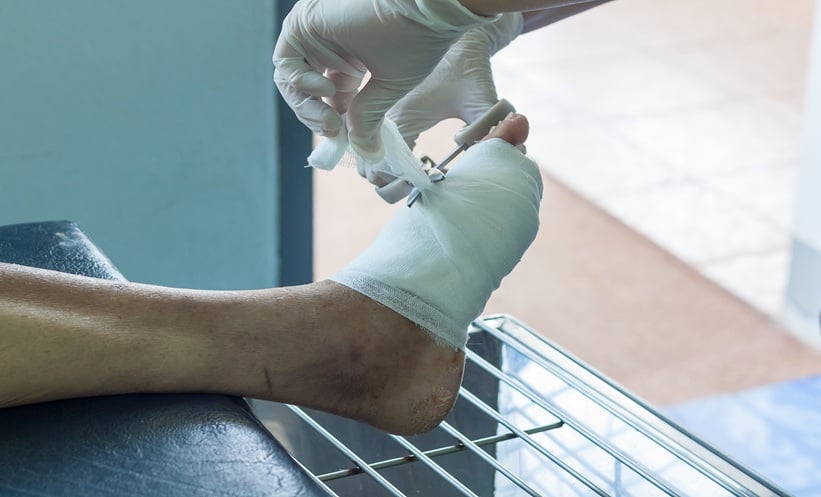CATARACT extraction is one of the most frequently performed outpatient procedures, with the incidence continually rising. Factors such as diabetic retinopathy may limit visual potential in patients with Type 2 diabetes following cataract surgery, despite visual prognosis often being favourable.
The research team, led by Debora Lee, National Eye Institute (NEI), Bethesda, Maryland, USA, commented that the present study is “one of the largest studies to assess visual acuity outcomes in people with diabetes undergoing cataract surgery.” Lee noted that it “provides an updated benchmark of the prevalence of good visual outcome after cataract surgery in a contemporary population with diabetes.”
The retrospective case-control study included patients who underwent cataract surgery and had visual acuity recorded both 2 years before and 2 years after surgery. In addition to the visual outcomes of cataract surgery, sociodemographic, systemic, and ocular factors associated with good visual outcome were examined. Good visual outcome was defined as a postoperative visual acuity of 20/40 or better.
The research team analysed 1,136 eyes and 784 participants (mean age: 65.6 years; 58.4% males). All participants underwent cataract surgery between 2001–2014. A subset of 362 eyes and 251 patients who had received fundus photographs gradable for diabetic retinopathy were investigated separately. In this subgroup, 49.4% did not have diabetic retinopathy, while 13.8% had mild non-proliferative diabetic retinopathy (NPDR), 43.3% had moderate NPDR, 0.8% had severe NPDR, and 1.7% had proliferative diabetic retinopathy.
When considering the whole cohort, 67.1% of eyes achieved a good visual outcome, compared with 73.2% in the subgroup. After considering sociodemographic data and ocular factors, significant predictors of good visual outcomes included a high level of education (odds ratio (OR: 2.35), bilateral cataract surgery (OR: 1.55), and pre-operative visual acuity (OR: 10.59). In the subgroup, the presence or absence of diabetic retinopathy also influenced visual outcomes (OR: 1.73).
Overall, among individuals with diabetes, two-thirds of eyes achieved a good visual outcome following cataract surgery. While pre-operative visual acuity and diabetic retinopathy were significantly associated with visual outcome, race, sex, smoking, diabetes duration, and blood pressure were not. Thus, while the prognosis following cataract surgery is usually favourable, certain factors still limit the visual potential in those with diabetes, highlighting the importance of continued efforts to improve visual outcomes.








